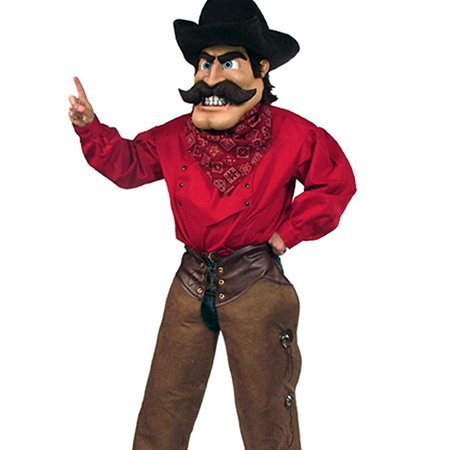Creating and using mascot costumes can be a delightful experience, but it is essential to prioritize safety. Proper design and use of these costumes ensure that the wearer can perform their duties comfortably and securely. Several factors must be considered to maintain safety standards.
One critical aspect involves the materials used in crafting the mascot costumes. Opt for lightweight, breathable fabrics to prevent overheating and ensure ease of movement. Avoid flammable materials and those that could cause irritation or allergies. Non-toxic, hypoallergenic paints and dyes should be chosen for any decorative elements. Additionally, all components should comply with relevant fire safety regulations.
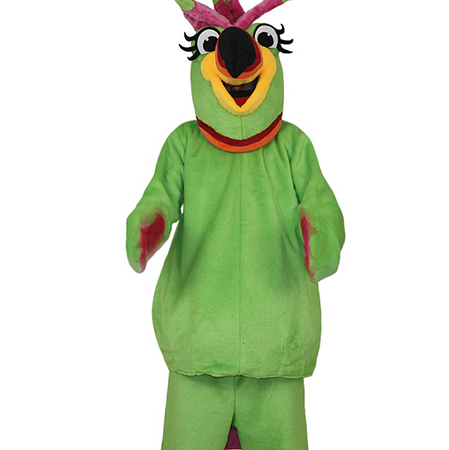
The structural integrity of the mascot costume is another vital concern. The costume must be robust enough to withstand various activities without tearing. Reinforced seams and double-stitching can help enhance durability. Ensure that the costume fits the wearer snugly yet comfortably, avoiding loose parts that could pose tripping hazards. Secure fastening mechanisms like Velcro or zippers are preferable over buttons, which can easily come off.
Visibility is also an important safety element. Mascot costumes often feature large headpieces that may obstruct the wearer’s vision. Incorporate strategically placed mesh panels or eye holes to allow for adequate sightlines. This ensures the wearer can navigate their environment safely, particularly in crowded or dimly lit areas.
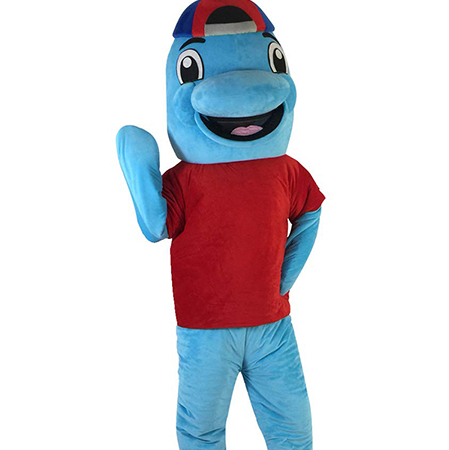
Hydration is crucial due to the physical nature of wearing a mascot costume. Incorporating discreet hydration options within the costume allows the wearer to stay refreshed throughout events. This could be a small water bottle attached inside the costume or a hidden hydration pack. Encourage regular breaks for the wearer to avoid fatigue.
Proper ventilation cannot be overlooked. Mascot costumes can get extremely hot inside, leading to discomfort and potential heatstroke. Design the costume with built-in ventilation systems, such as mesh inserts under armpits or along the spine. This will facilitate airflow and keep the wearer cool during extended performances.
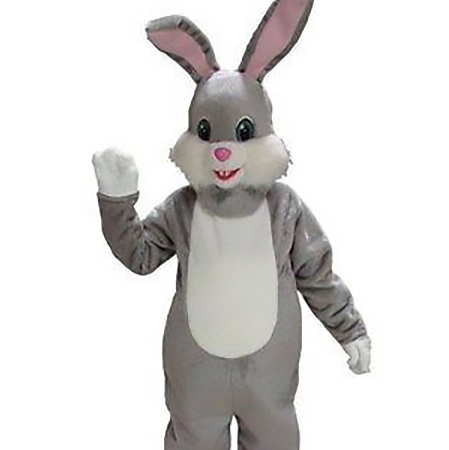
Regular maintenance and inspection of the mascot costume are necessary to ensure ongoing safety. Conduct thorough checks before each use to identify any wear and tear, and address issues promptly. Periodic cleaning of the costume is also required to maintain hygiene and prevent odor buildup.
Training the individual who will be wearing the mascot costume is essential. They should be familiar with safe donning and doffing procedures to minimize injury risks. Educate them on how to maneuver in the costume, considering restricted movements and balance challenges. Emphasize the importance of taking regular breaks to avoid exhaustion.
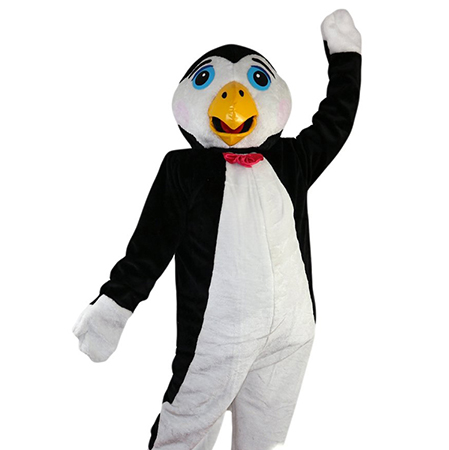
Lastly, always have an emergency plan in place. Ensure there is a quick way to remove the costume in case the wearer feels unwell or needs immediate attention. Have a designated person trained to assist in emergencies and ensure clear communication channels are established.
In summary, designing and using mascot costumes requires careful consideration of various safety aspects. From selecting appropriate materials and ensuring structural integrity to providing adequate ventilation and training the wearer, these measures collectively contribute to a safe and enjoyable mascot experience. Prioritizing these safety considerations ensures that mascot appearances remain fun and secure for everyone involved.
